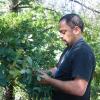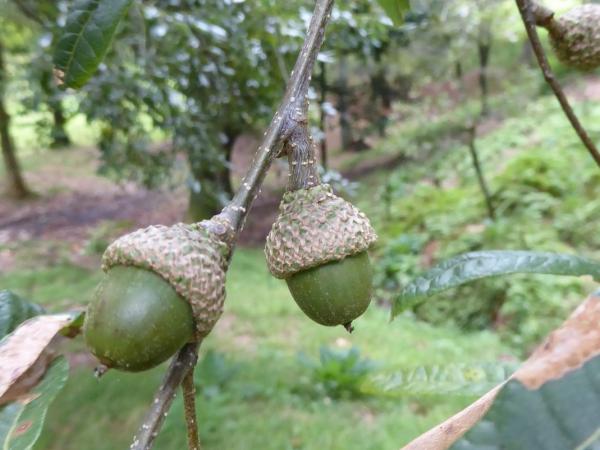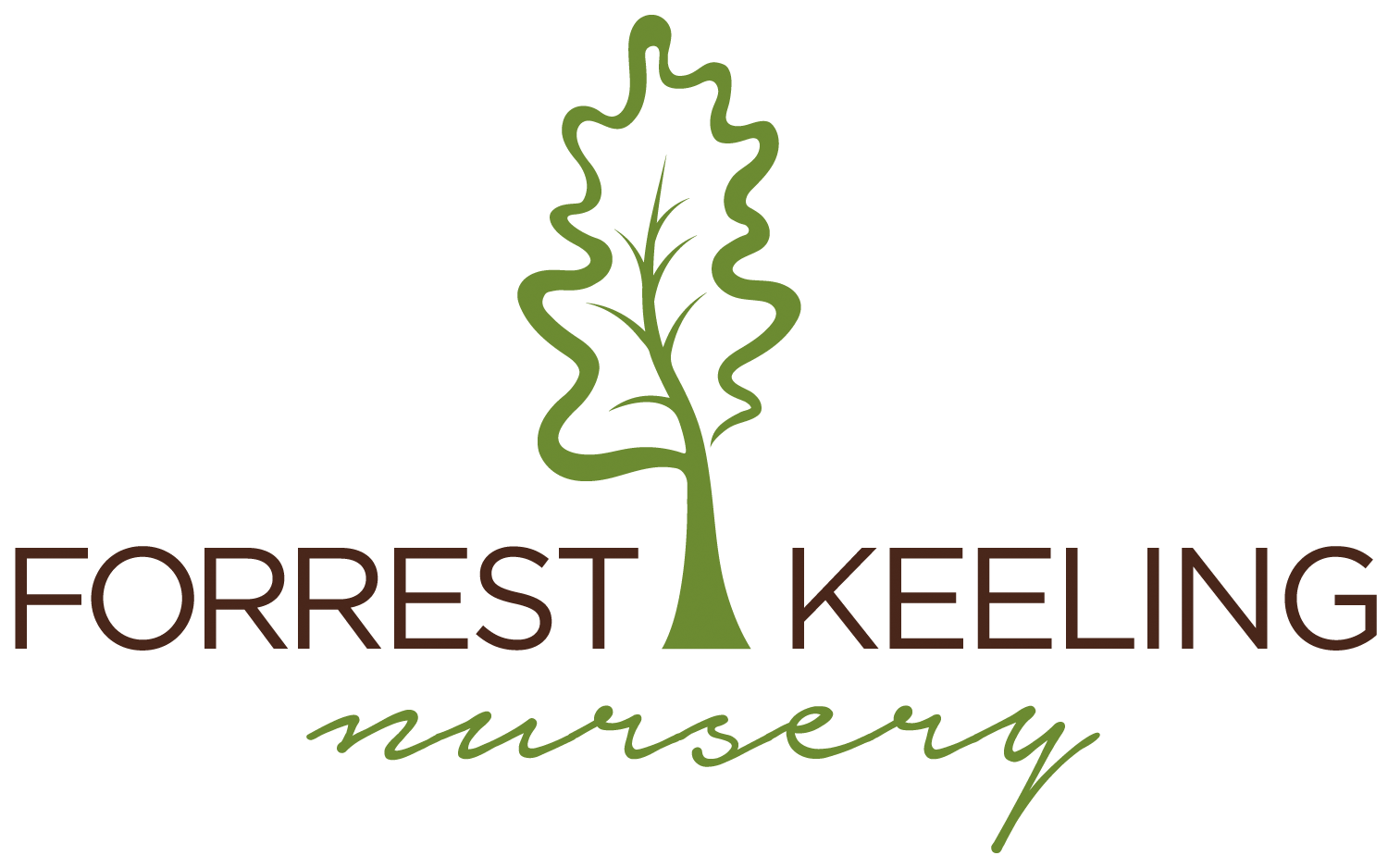Editor's Picks
Plant Focus
Emory Oak Collaborative Tribal Restoration Initiative
Article by Nanebah Lyndon, Vincent Randall, and Sara Souther
“To the Apache people, Emory oak, eagles, and otters are an indication of environmental health” (Vincent Randall, Apache Cultural Director of the Dilzhe’e Apache of the Yavapai-Apache Nation). Yet, in recent years, Apache elders have observed that cherished Emory oak (Quercus emoryi) stands are yielding fewer acorns, producing fewer seedlings, and declining in overall health. This trend is alarming from both a cultural and an ecological perspective. Emory oak acorns, unlike many oaks endemic to the eastern United States, are low in tannins and require no leaching prior to eating. Rich in nutrients, fats, and protein, Emory oak acorns are a critically important commodity for Western Apache Tribes, as a staple food source and also for use in ceremonies and other traditional cultural practices. In the past, acorn gathering excursions were intergenerational social events that brought families together, and ground acorns were "always on the table, like salt and pepper"1. Ecologically, Emory oaks are the dominant canopy species in Madrean woodlands and savannas throughout Arizona. These statuesque trees, characterized by dark black bark, shiny, holly-like leaves, and a canopy like stacked umbrellas, create habitat for native flora and fauna and provide forage for game species, like mule deer and elk.

The reason for the observed decline of Emory oaks is not fully understood, but is likely linked to overgrazing by cattle, fire suppression, and increasing aridity. To address the question and problem of oak decline, the Forest Service, Northern Arizona University, the San Carlos Apache Tribe, the Tonto Apache Tribe, the White Mountain Apache Tribe, and the Dilzhe’e Apache of the Yavapai-Apache Nation formed an initiative, the Emory Oak Collaborative Tribal Restoration Initiative (EOCTRI, pronounced "E oak tree"). The ultimate goal of this coalition is to unite Traditional Ecological Knowledge (TEK), western science, and land management to ensure the long-term availability of acorns on public land for Western Apache Tribes. Surveys of Emory oak groves in the Coconino and Tonto National Forests began in 2019. These data will be used to analyze the effect on Emory oak health of thinning, prescribed burning, and other restoration treatments, scheduled to begin in 2021. Using Forest Inventory and Analysis (FIA), the EOCTRI recently published a manuscript in the journal Forest Ecology and Management2 that described the status of Emory oak in Arizona and demonstrated that increasing aridity may threaten the long-term viability of this species. Preliminary surveys also identified the Hypoxylon canker, a pathogenic fungal disease, in drought-stressed oak populations in southern Arizona. While alarming, these findings provide necessary information to inform restoration strategies.

Restoration treatments currently include hand-thinning with chainsaws or machine mastication to reduce underbrush and encroaching tree species, reintroduction of low intensity fire, exclusion of domesticated herbivores like cattle that tend to trample and consume seedlings and saplings, and planting of Emory oak seeds and seedlings.

Critically, vegetative thinning both removes trees and shrubs that compete with Emory oak, and also decreases the likelihood of catastrophic wildfire. Prior to European settlement of the Southwest, low intensity fires swept through oak systems regularly, excluding species that, unlike oaks, were not adapted to fire. The legacy of 20th century fire suppression is a landscape of woodlands choked with woody vegetation that decreases water and resource availability for oaks and causes fires to burn hotter and higher than in the past, reaching tree canopies and killing even fire-adapted species, like Emory oaks.
Combining the expertise of Apache elders, scientists, and land managers, the EOCTRI will integrate information from project actions to maximize the efficacy and efficiency of restoration treatments. The prescient concern of Tribal Elders, arising from their deep knowledge of this landscape, may rescue this cultural and ecological keystone species to the great benefit of future generations.

1 Coder, C., V. Randall, E. Smith-Rocha, and R. Hines. 2005. CHI CH’ IL (Acorns): Dissolution of Traditional Dilzhe’e Gathering Practice(s) Due to Federal Control of the Landscape. USDA For. Serv. Proc. RMRS-P-36 277–281.
2 Souther, S., N. Lyndon, and D. Randall. 2021. Insights into the restoration and sustainable management of Emory oak: A southwestern cultural keystone species. For. Ecol. Manage. 483, 118900. https://doi.org/10.1016/j.foreco.2020.118900











